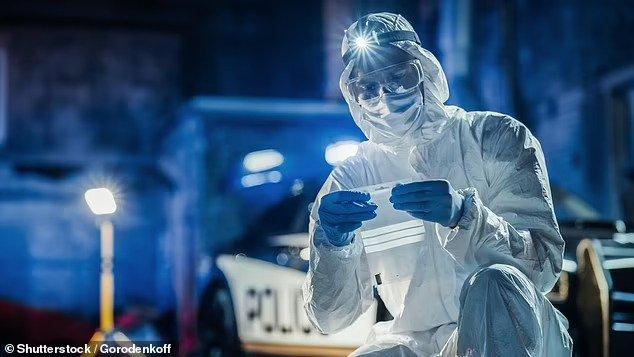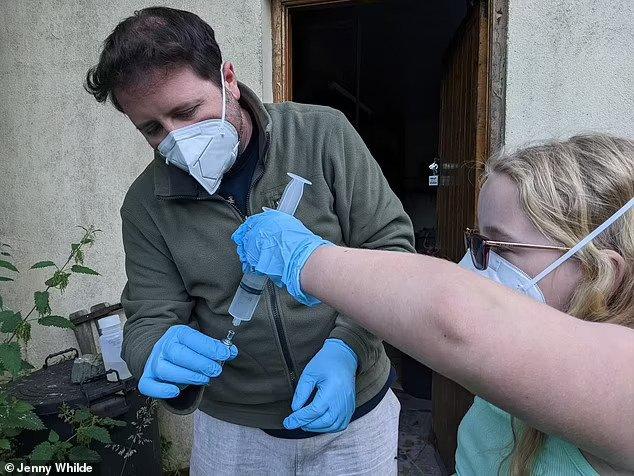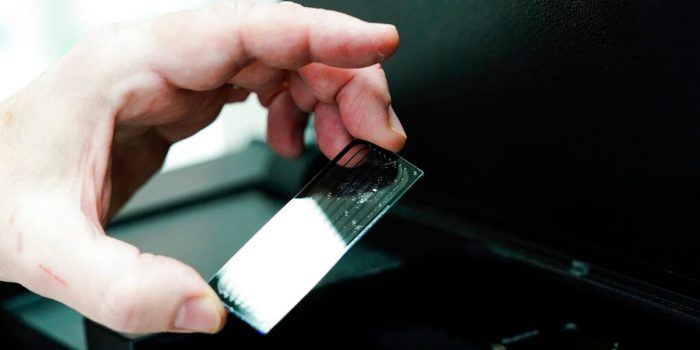The era of anonymity is drawing to a close, as advancements in technology enable the detection of human DNA in the atmosphere and water, making it possible to track individuals wherever they may go.
In a significant development, scientists have raised an alarm after discovering that intricate human DNA can be identified in the air, water sources, and even through footprints left on sandy beaches.
This discovery holds immense potential, particularly in cases where murderers refuse to disclose the whereabouts of their victims. It could aid in locating human remains in remote areas through the use of DNA-seeking drones.
Furthermore, this breakthrough could assist in the search for missing individuals and provide valuable evidence by linking criminals to crime scenes.
However, researchers have cautioned that this advancement also presents the possibility of profiling individuals based on their DNA. It could potentially determine if someone has been present in specific locations.

The scientists issuing this warning primarily focus on studying sea turtles and utilizing environmental DNA to understand turtle diseases. Surprisingly, during their research, they detected a substantial amount of human DNA in their samples, prompting them to investigate further.
Their investigations revealed that DNA can be extracted from the air inside a veterinary hospital building, water in rivers and oceans, and even the sand on a beach.
This DNA not only discloses an individual’s genetic ancestry, such as their European heritage but also reveals genetic mutations that indicate the risk of various diseases, ranging from diabetes and autism to heart disease. These conclusions were drawn from analyzing six DNA samples obtained from water sources and two from the air.

However, a cause for concern is that the researchers discovered that even a room’s air or footprints left on a beach contain enough DNA to identify if a particular individual had been present, assuming their DNA profile is known.
Already, there are apprehensions about the millions of people voluntarily providing their DNA for genealogy research or to trace their Viking ancestry. This poses the risk of creating an extensive genetic database that could potentially be misused by insurance companies seeking insights into individuals’ future health risks.
Dr. David Duffy, who led the DNA project from the University of Florida, said: ‘We’ve been consistently surprised throughout this project at how much human DNA we find and the quality of that DNA.
‘In most cases, the quality is almost equivalent to if you took a sample from a person.
‘There is enough DNA in the environment to potentially track people in the future if you had information about their DNA. That raises concerns about surveillance and privacy.’

The DNA present in sewage systems originating from household toilets is currently utilized to track the transmission of diseases like Covid, monkeypox, and tuberculosis.
However, the remarkable quality of DNA found in the environment opens up the possibility of utilizing it to discover archaeological sites of significance, potentially containing graves or evidence of human sacrifices.
While the researchers did not specifically examine whether an individual’s DNA could be detected in a room after they recently departed, previous studies suggest that this is indeed feasible. Such findings could prove valuable in criminal investigations.
Notably, human DNA was also detected in rivers located in Ireland and Florida, as well as on a beach in Florida.
The concerning aspect highlighted in the study published in the journal Nature Ecology and Evolution is that this breakthrough could be exploited by authoritarian governments to identify specific ethnic groups in certain areas, leading to their persecution.


